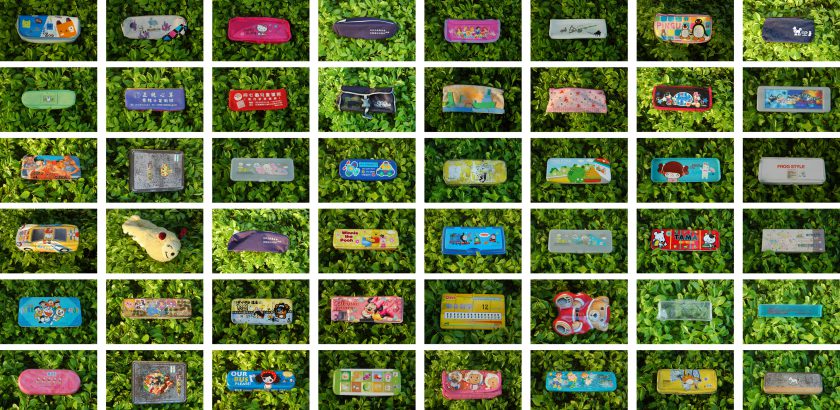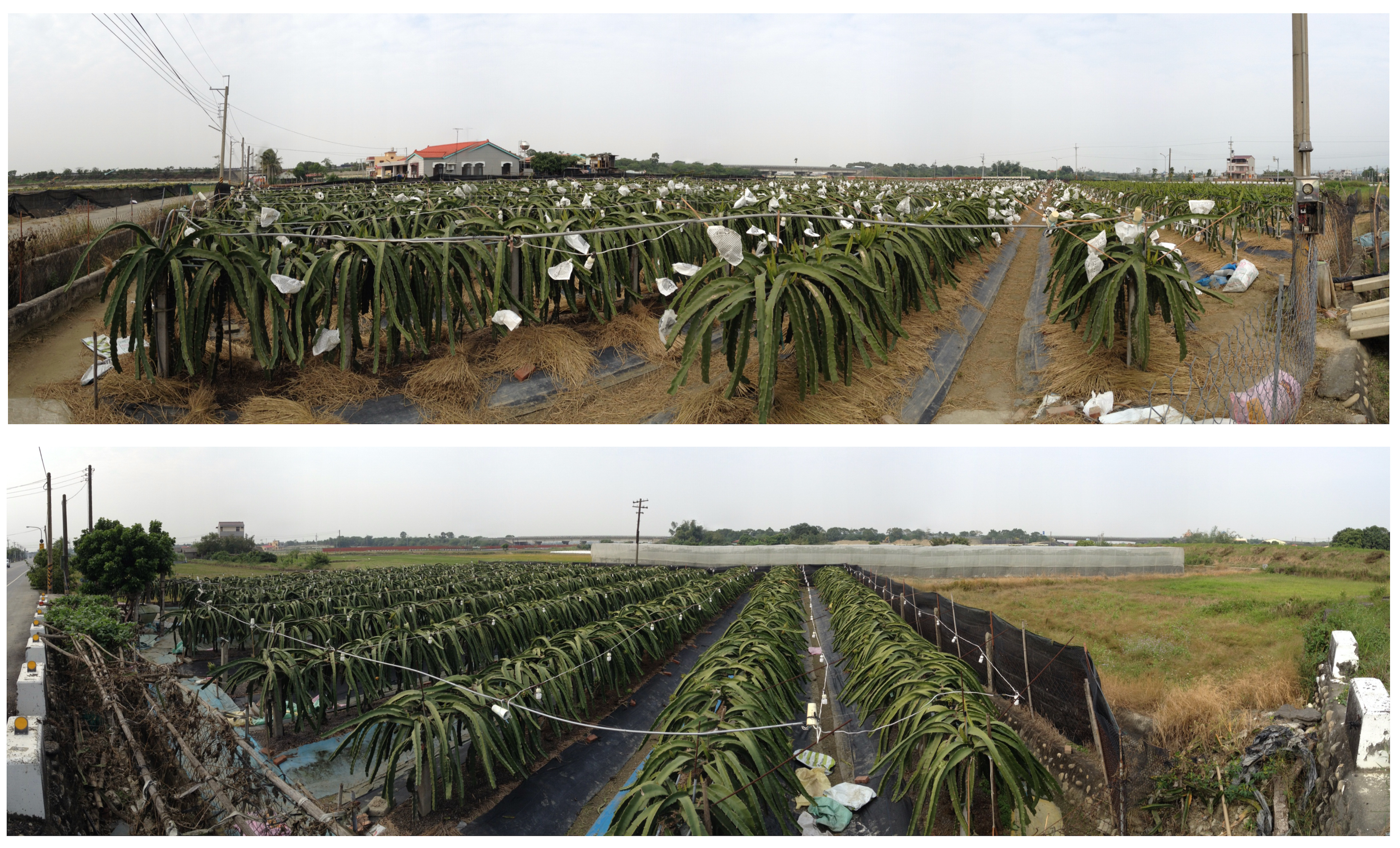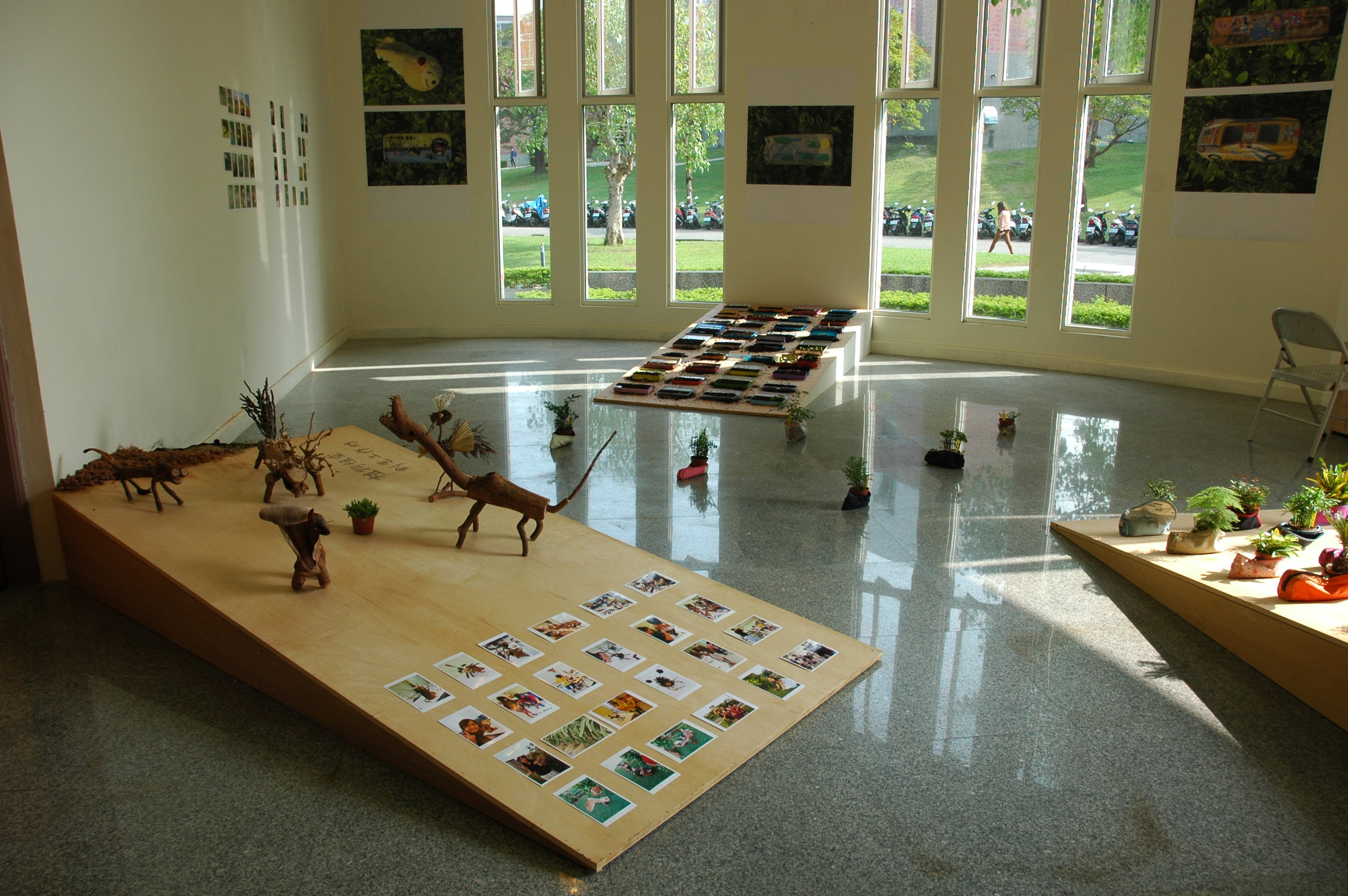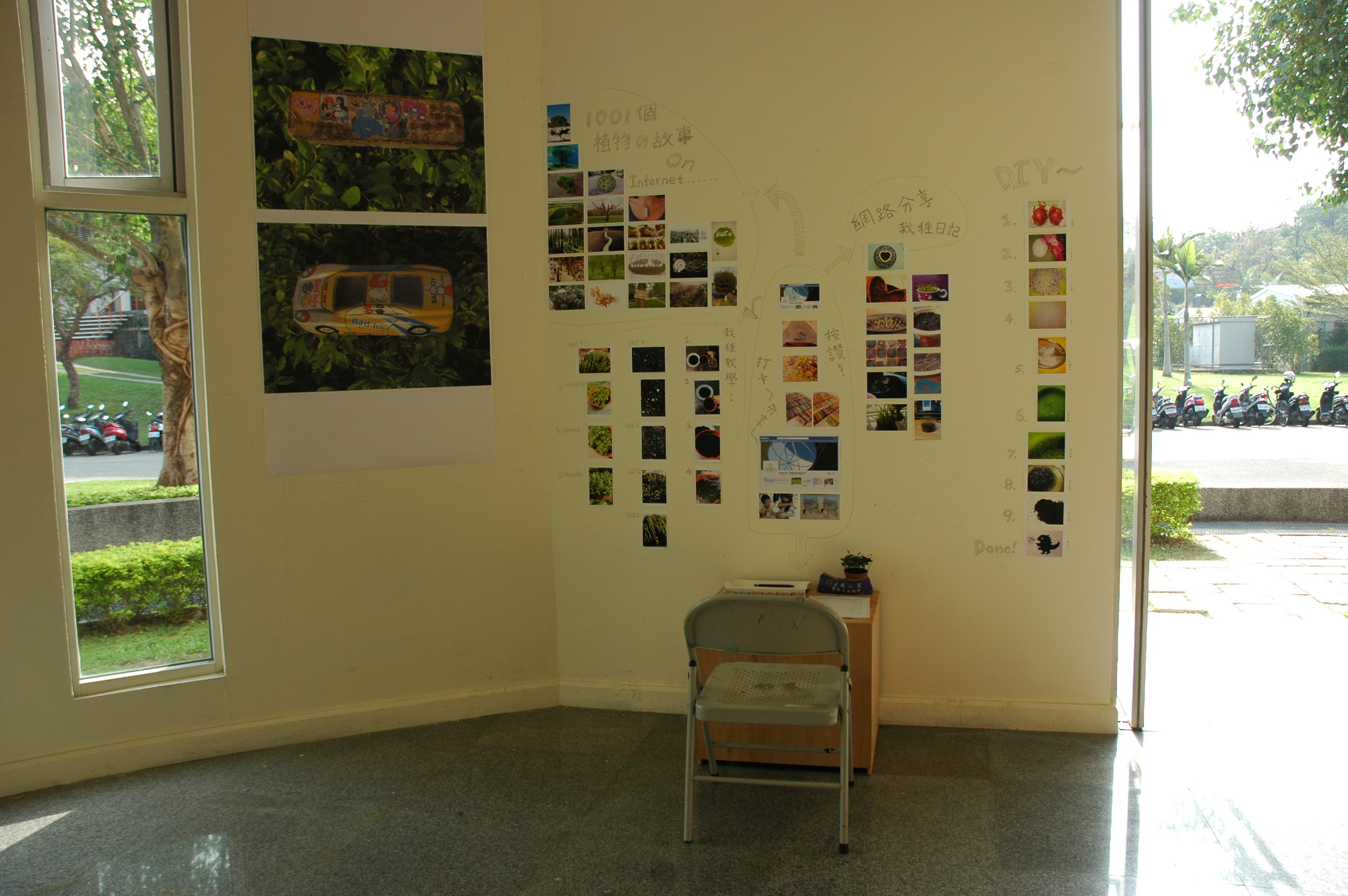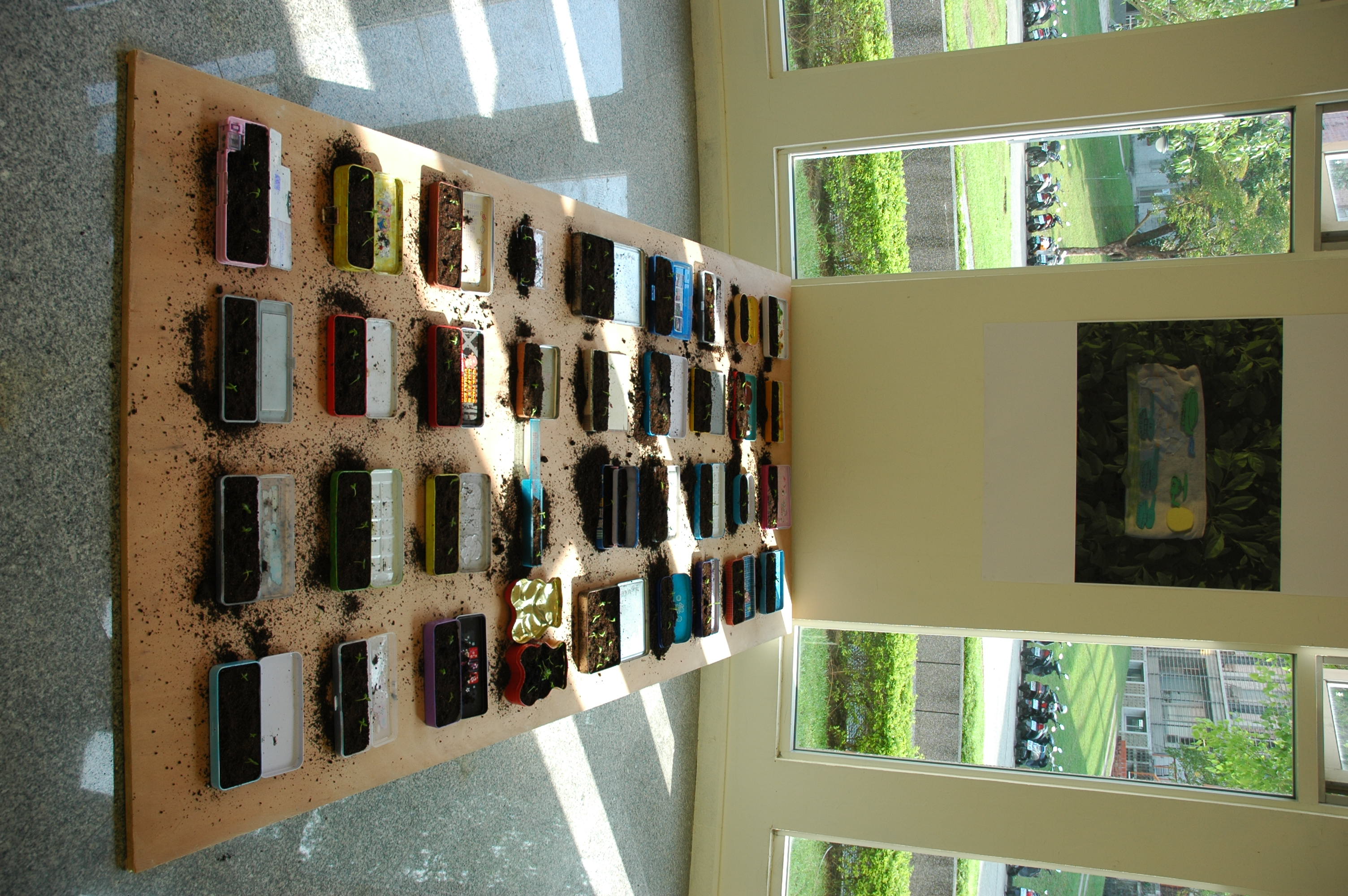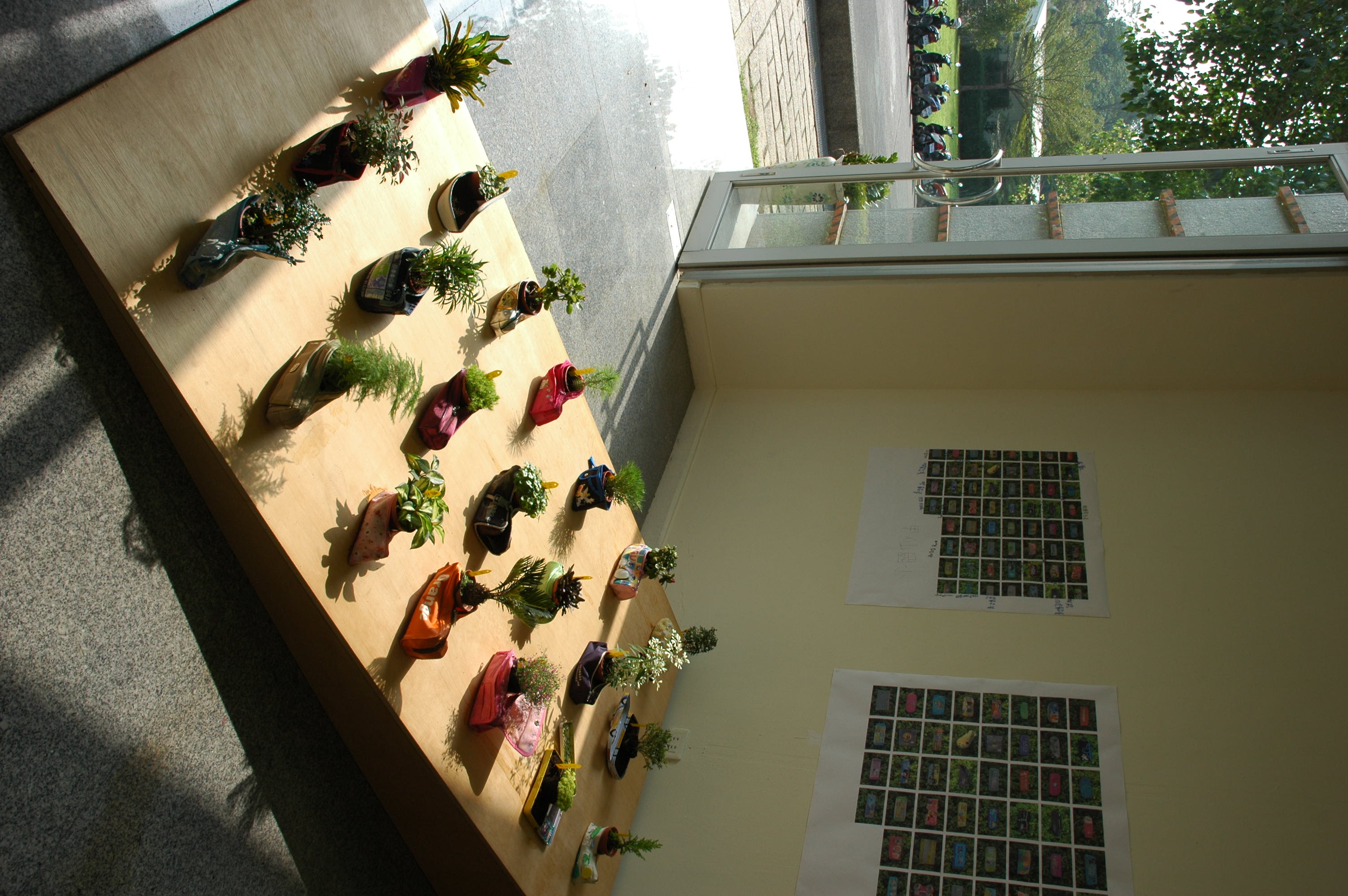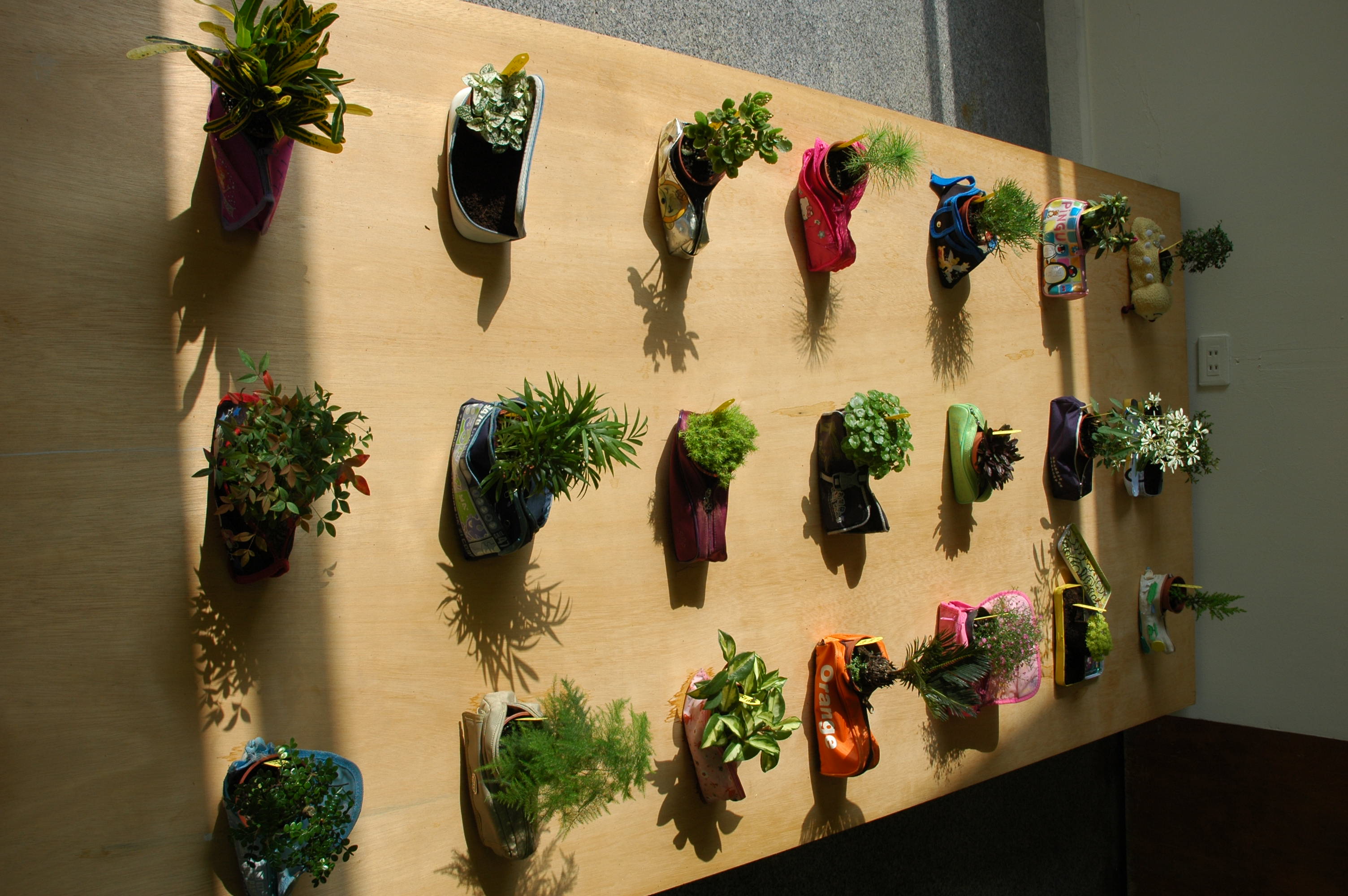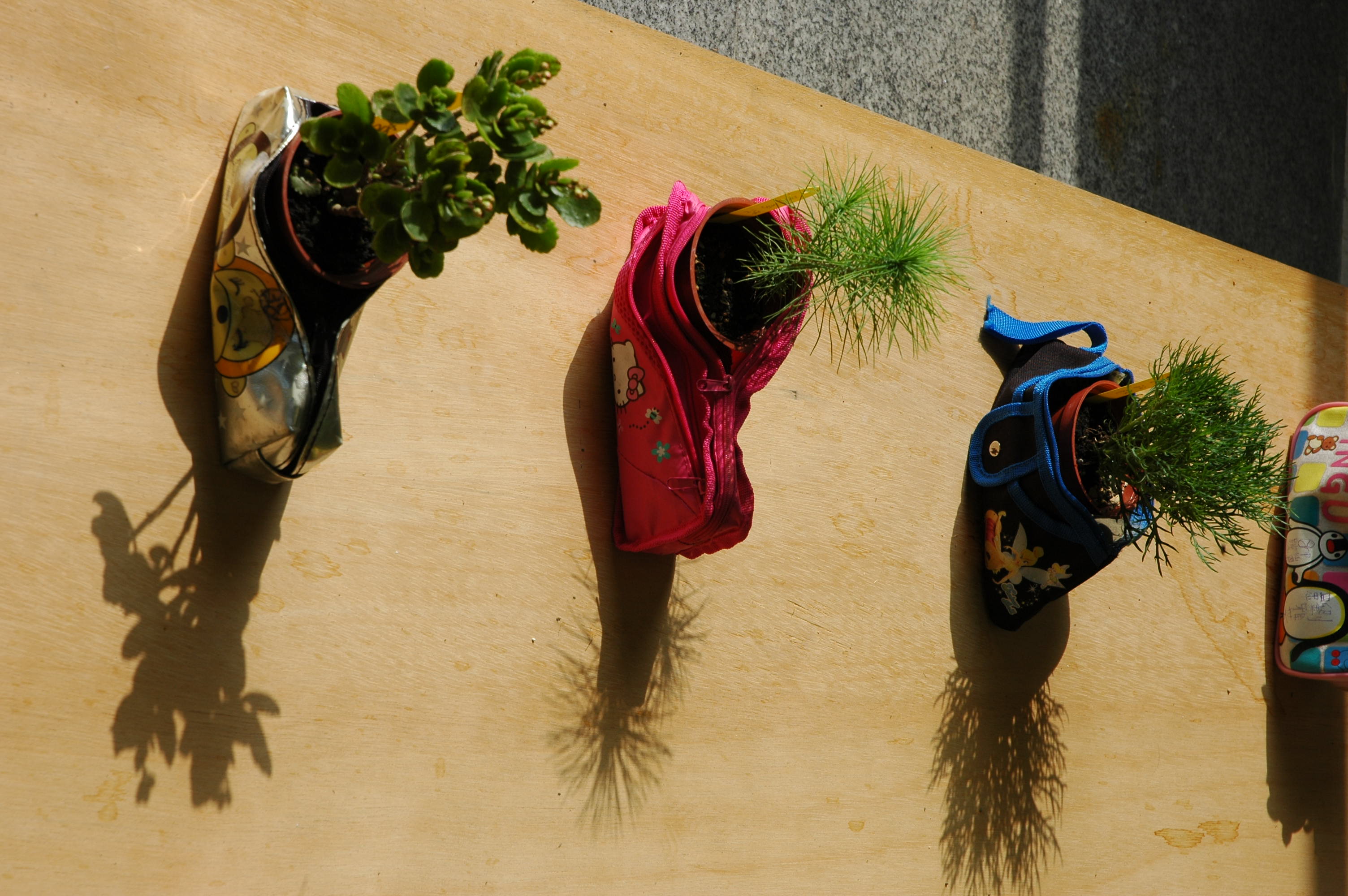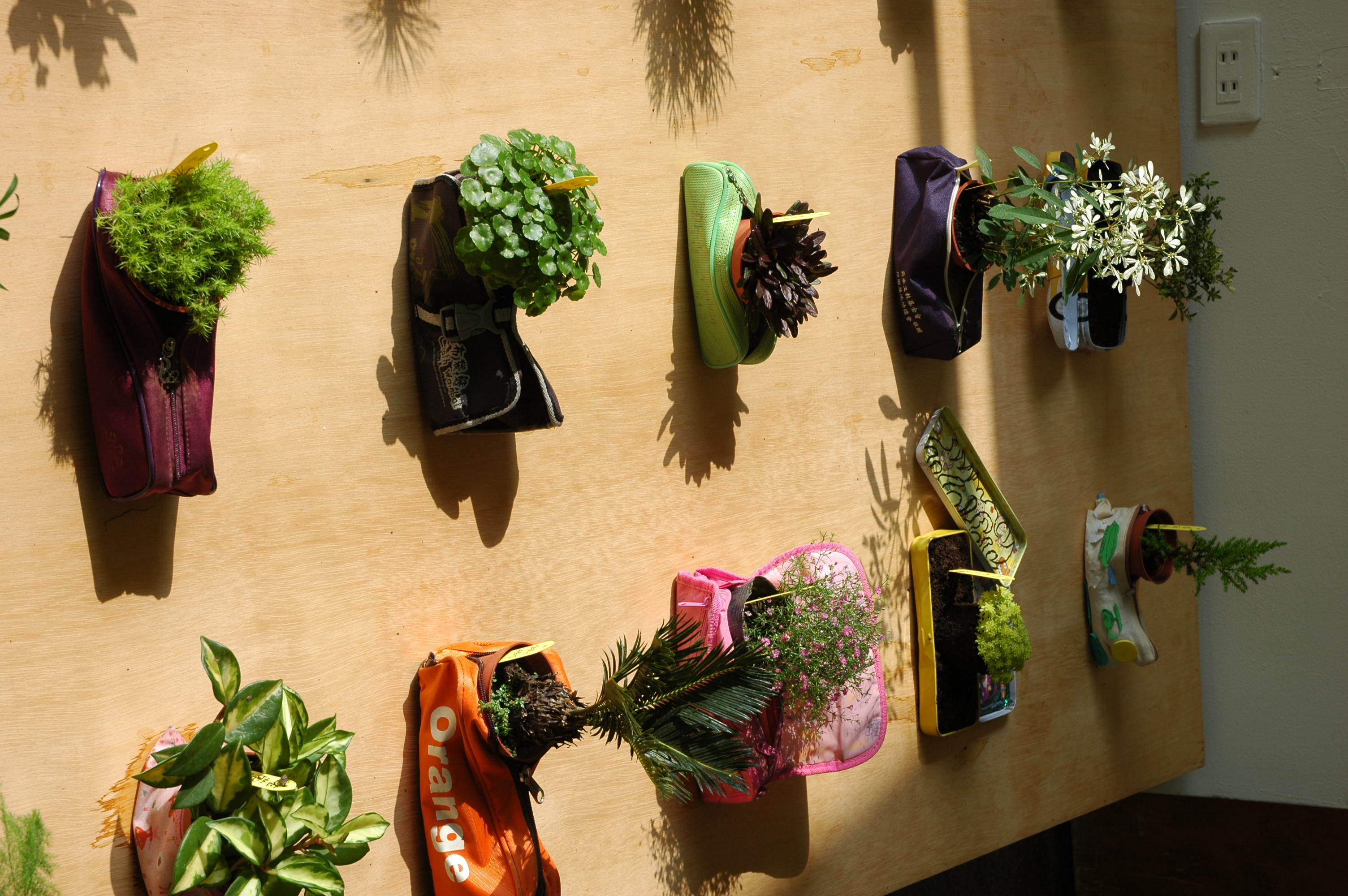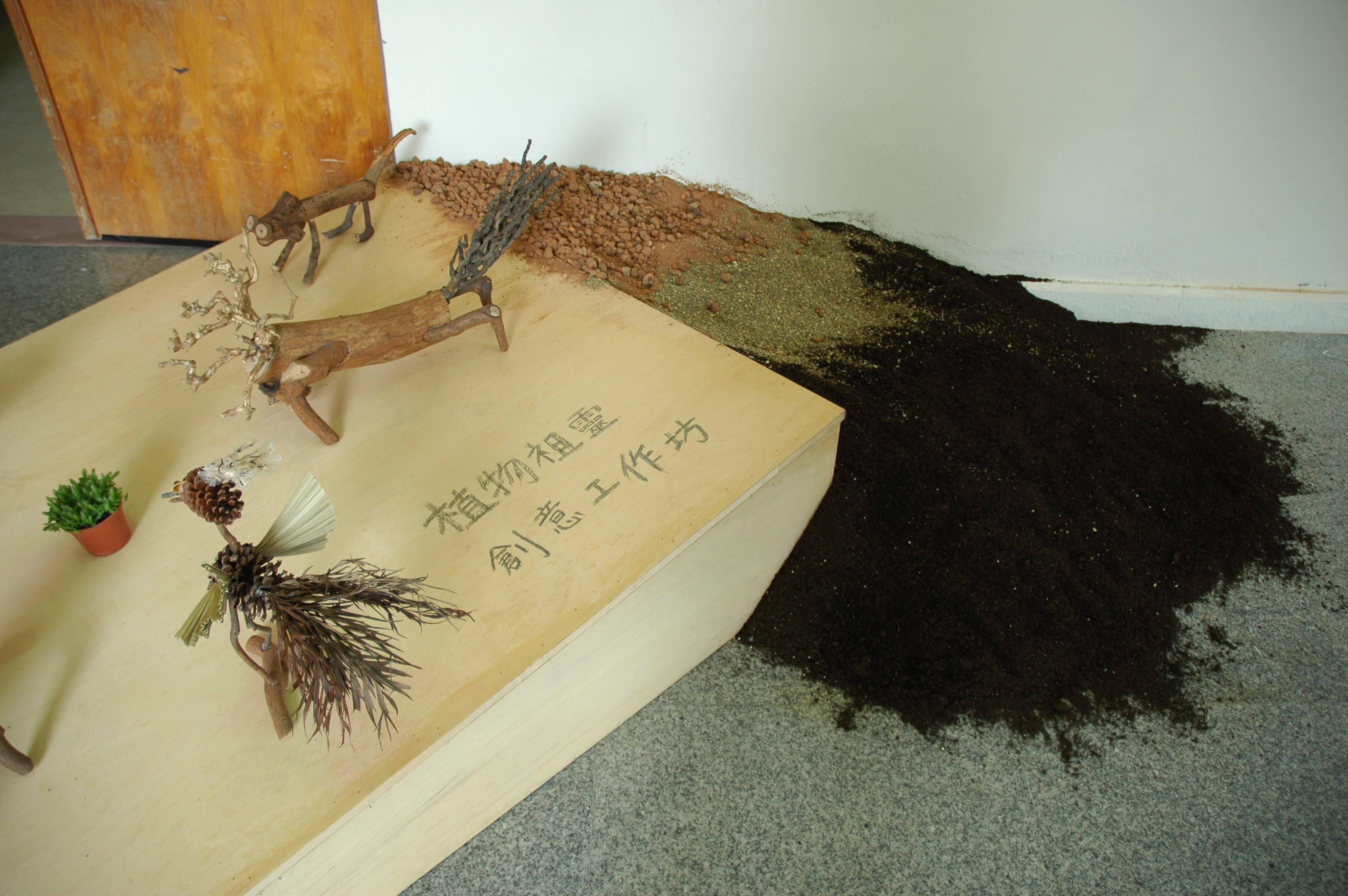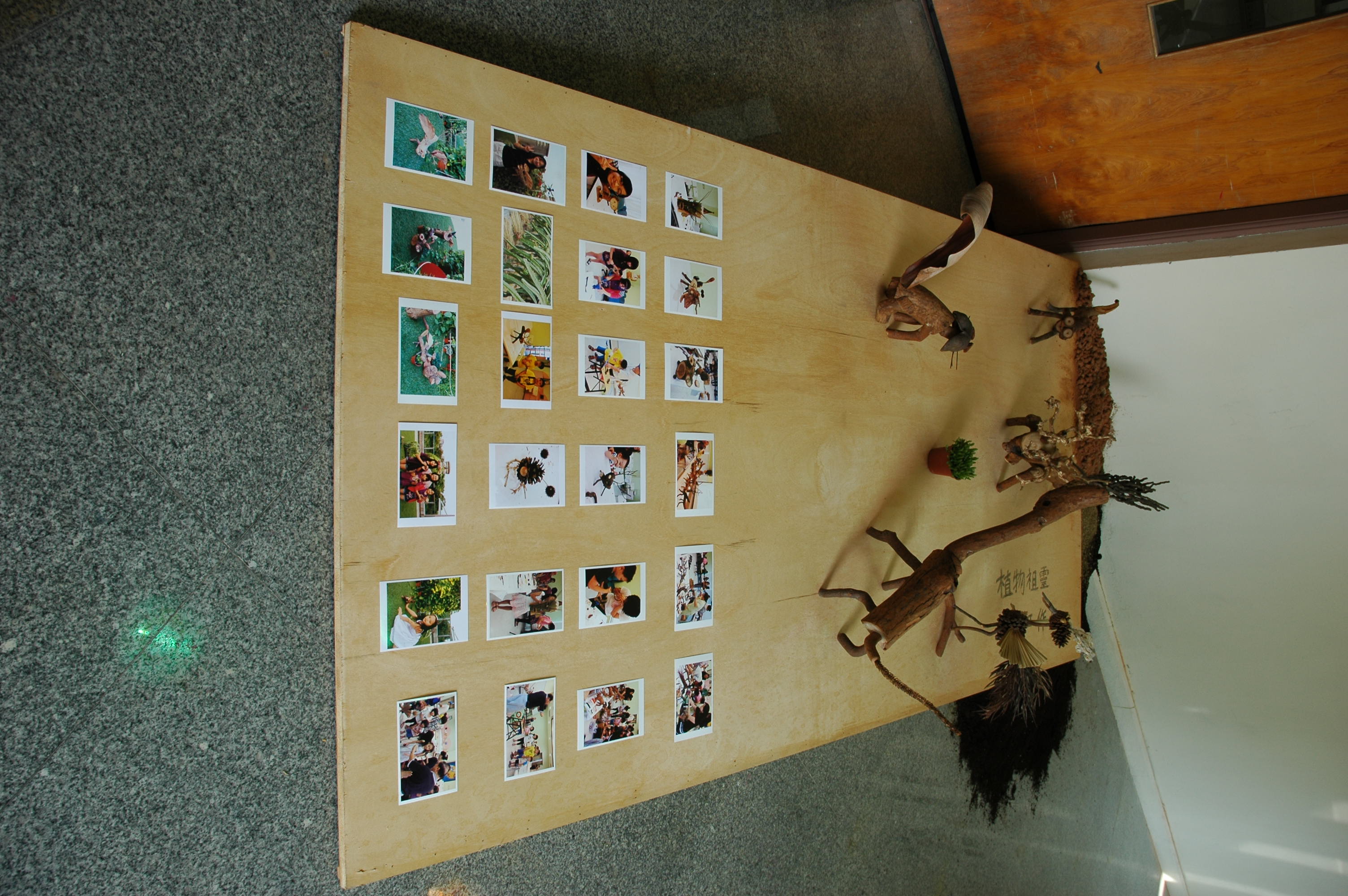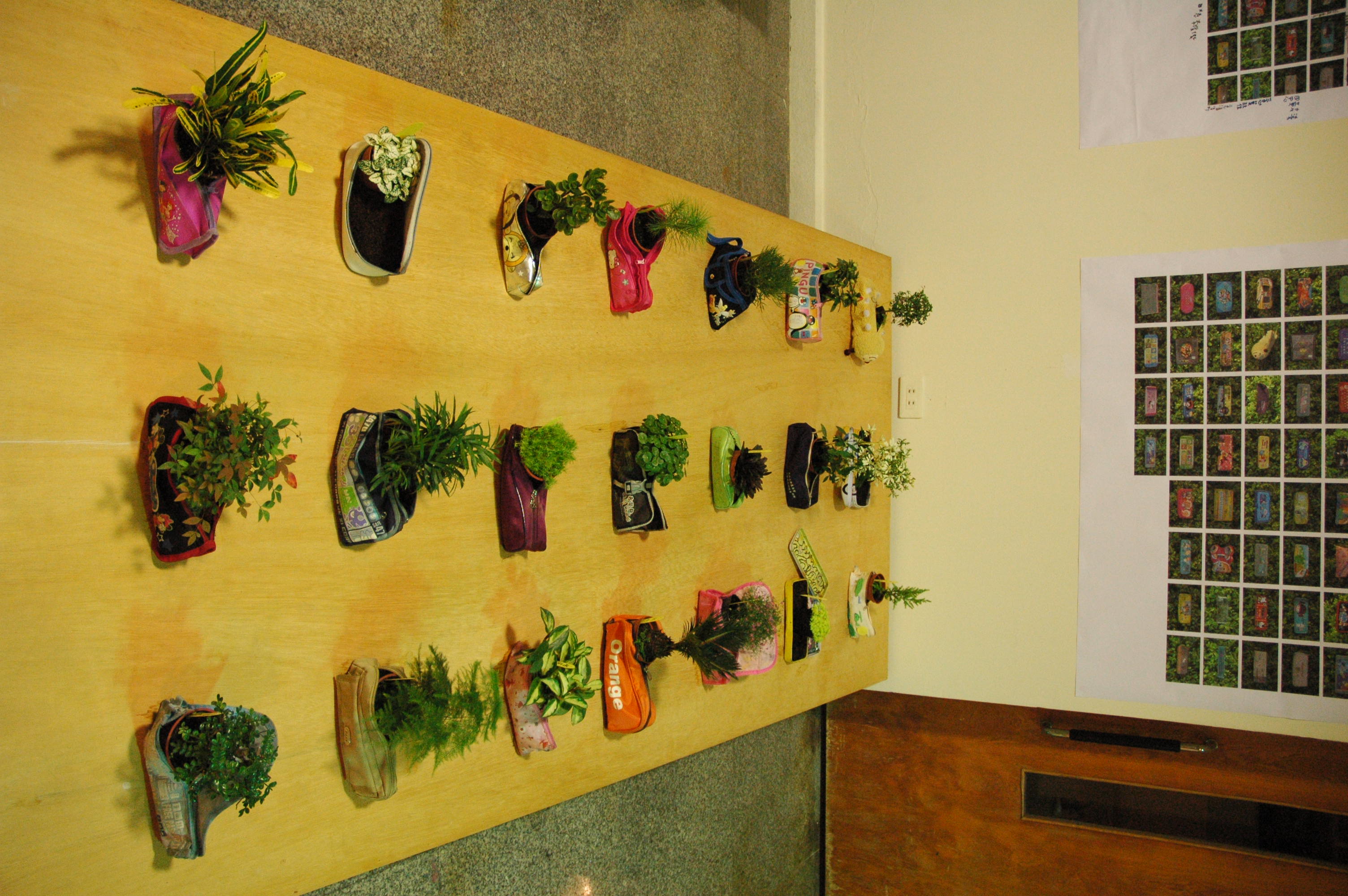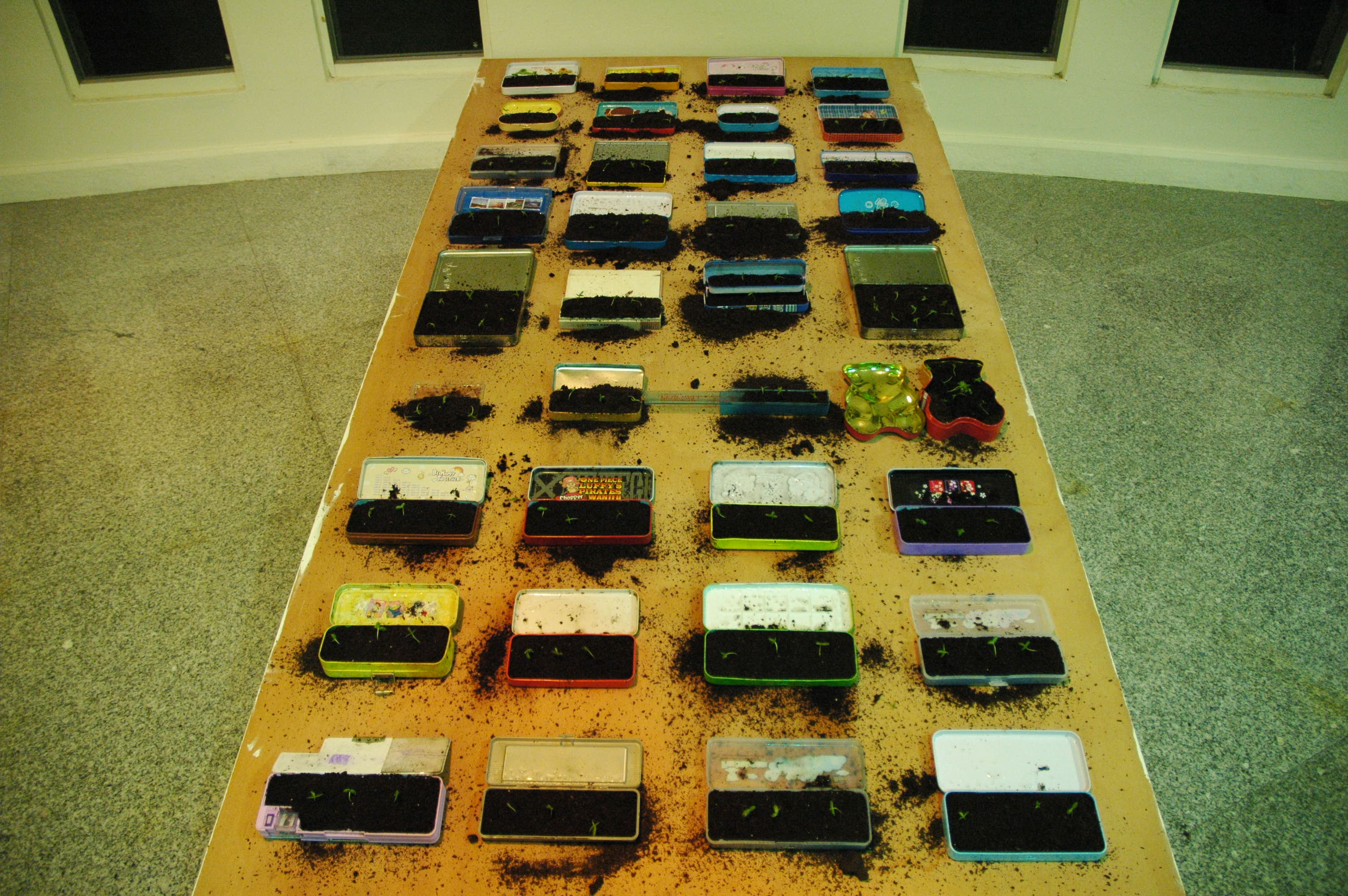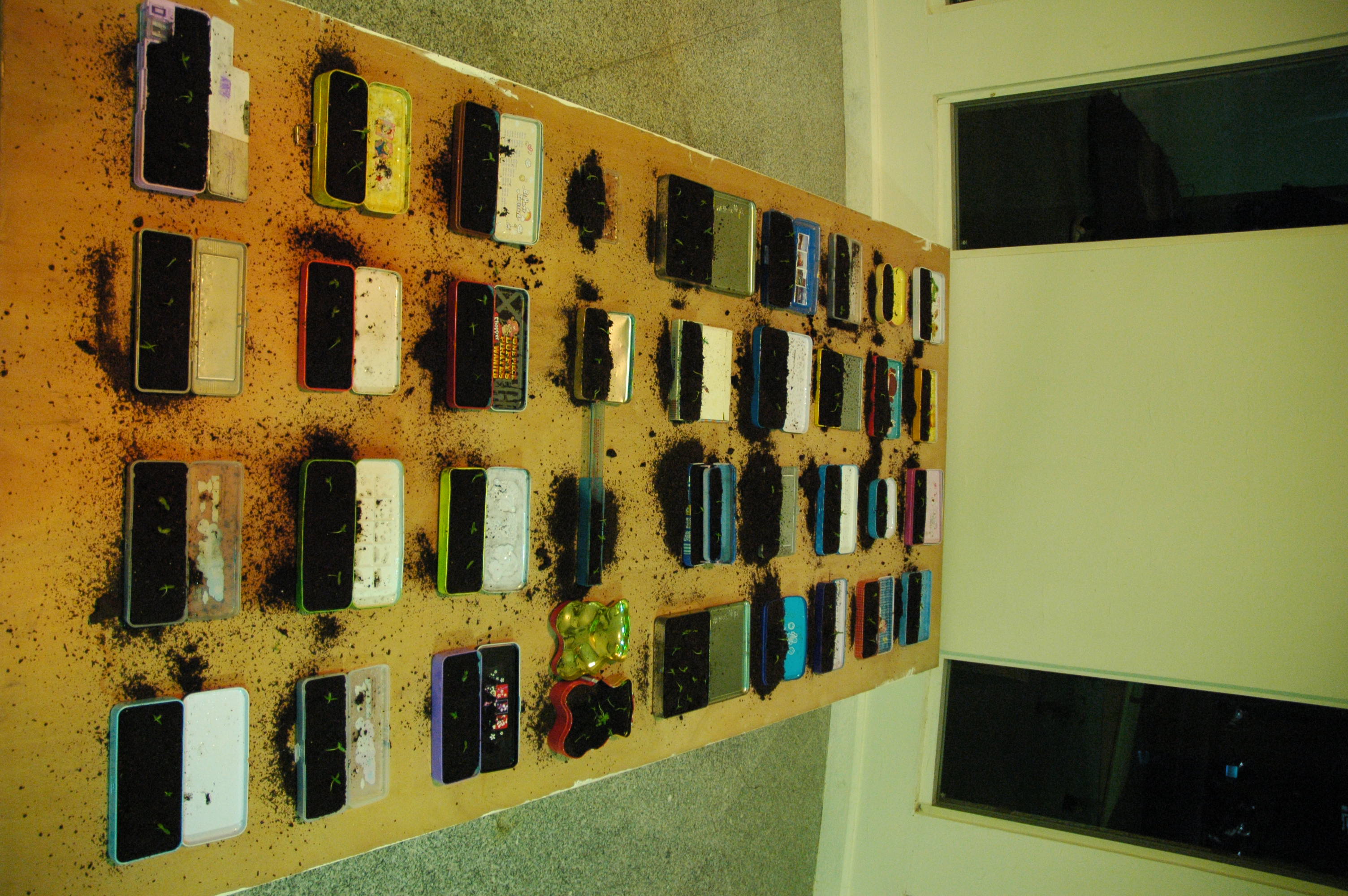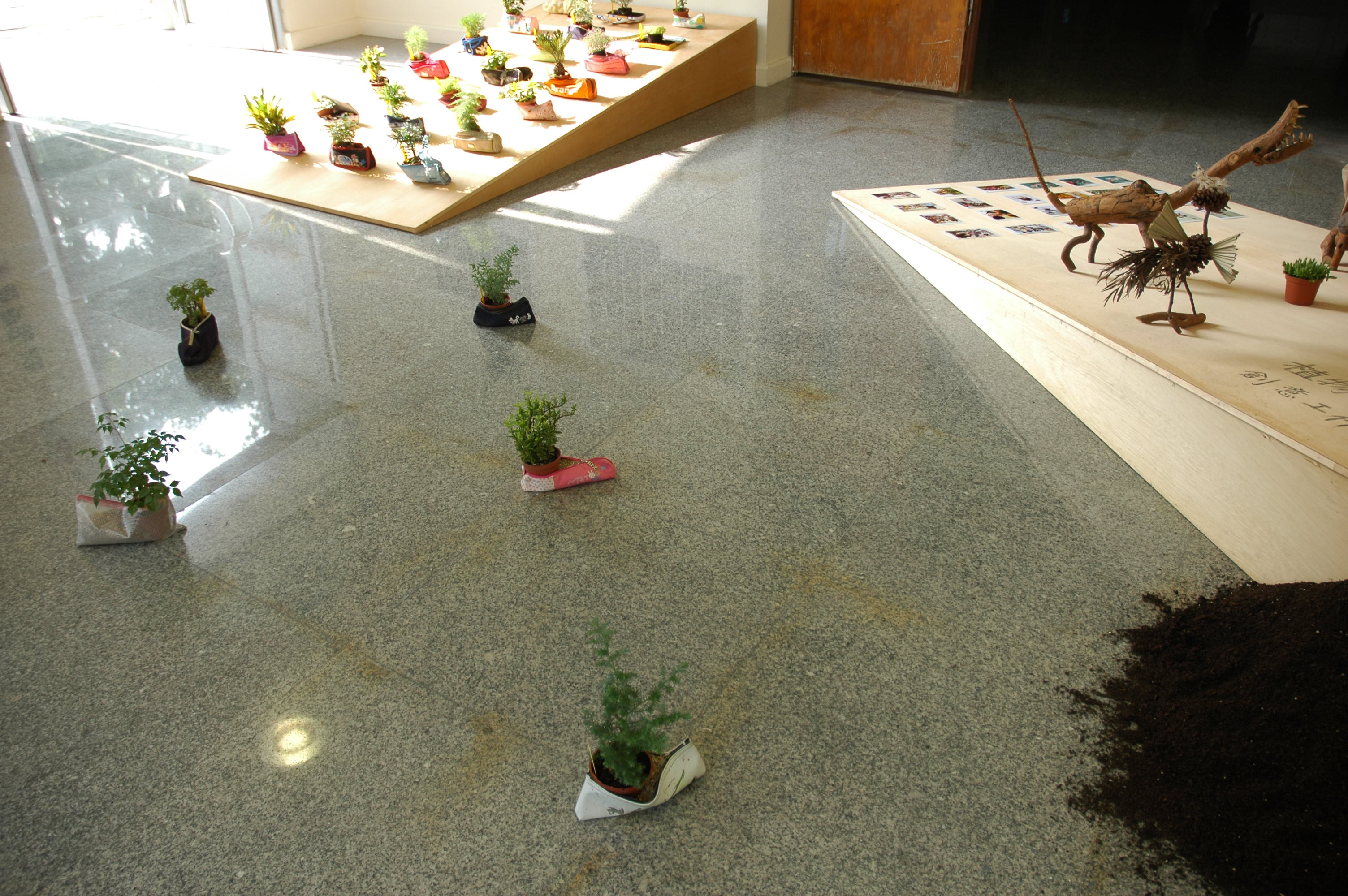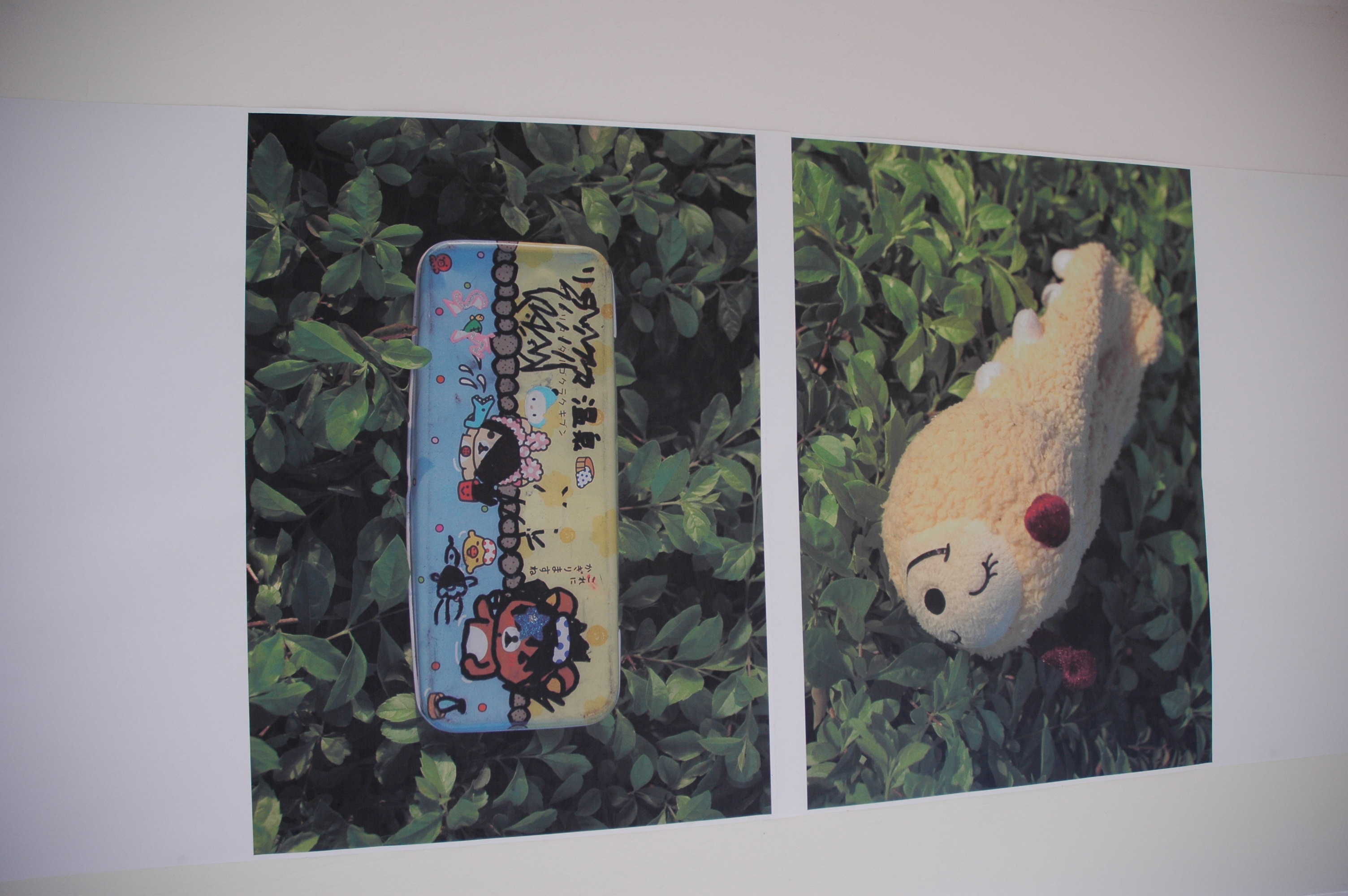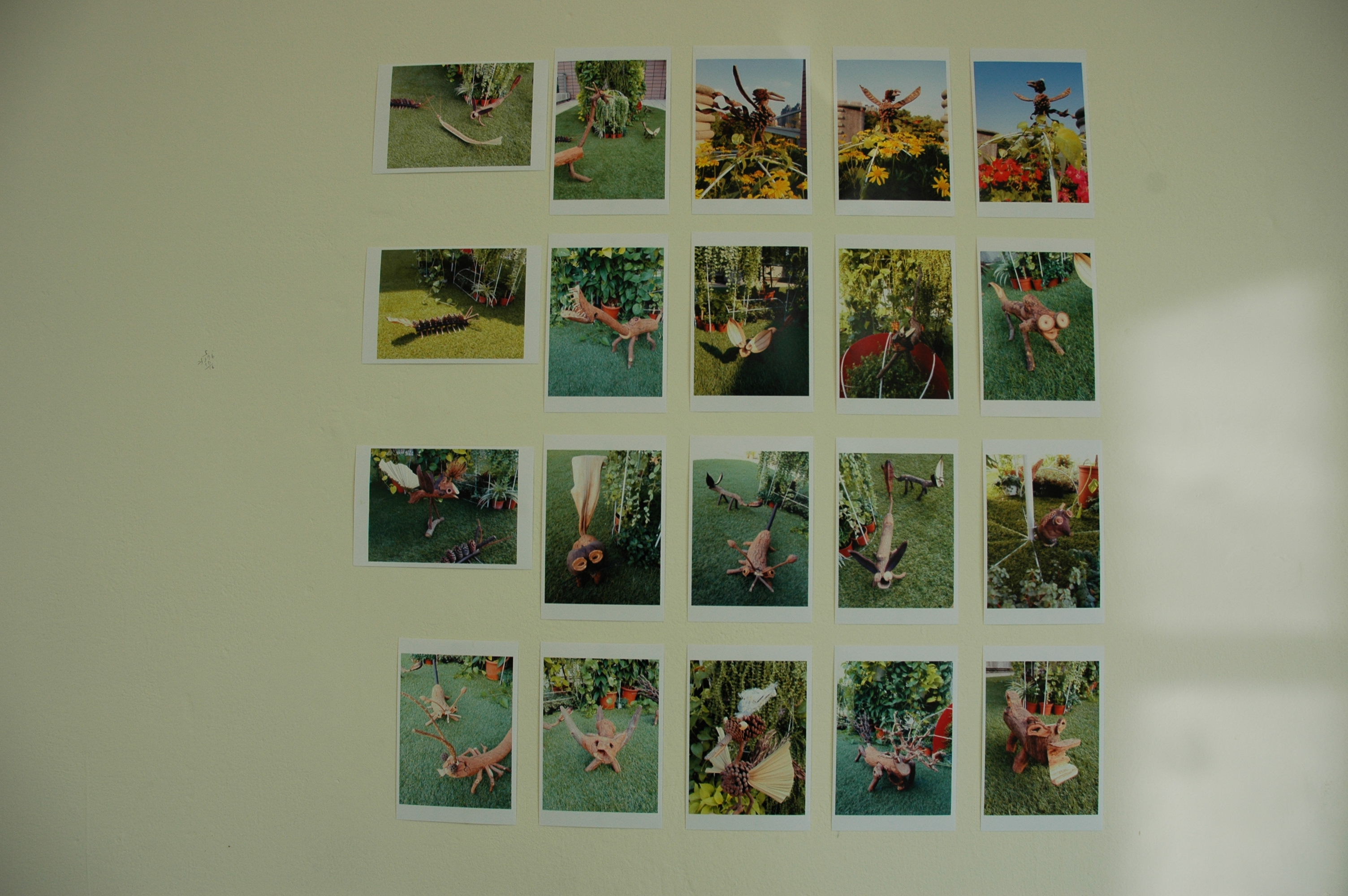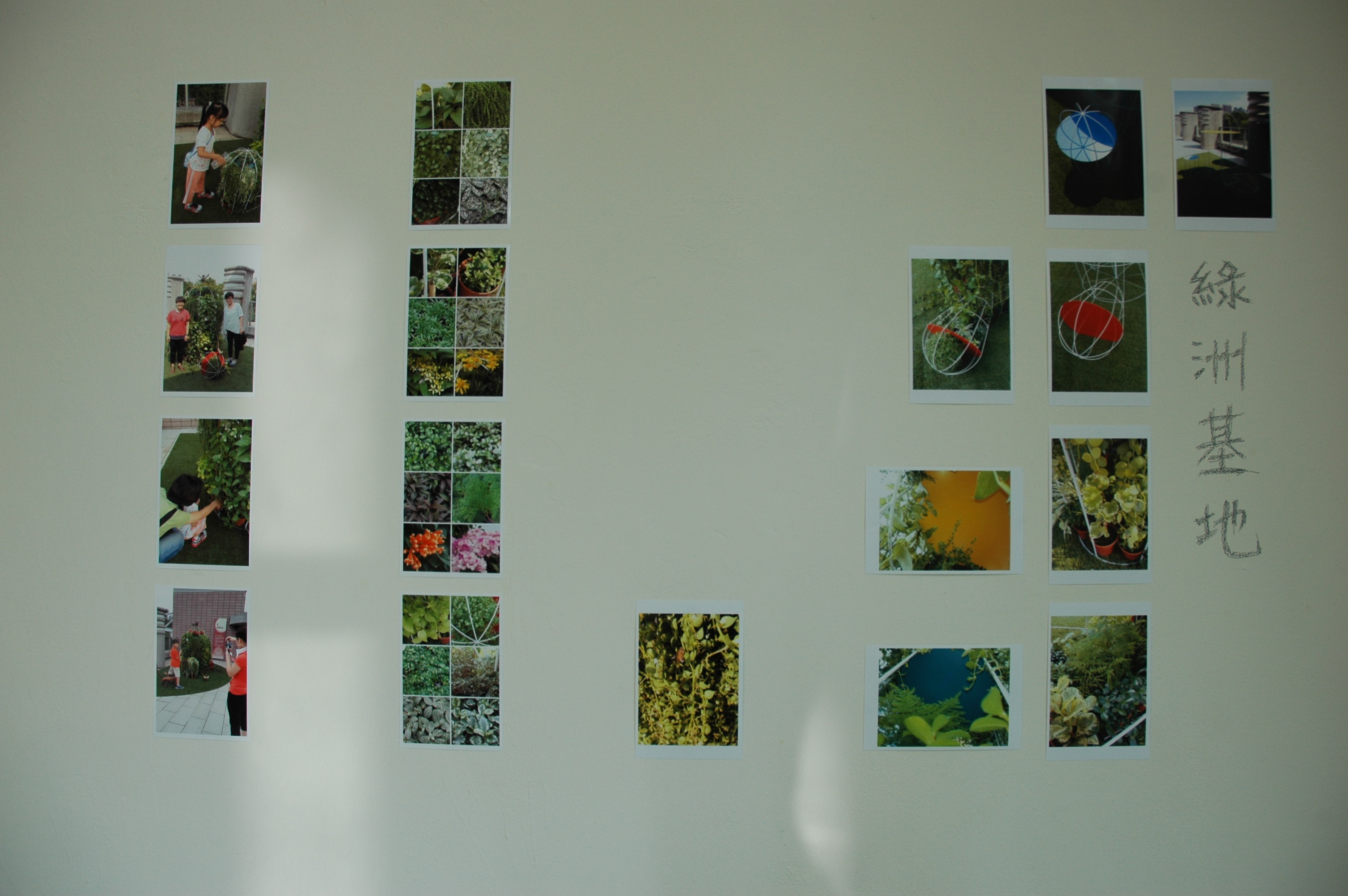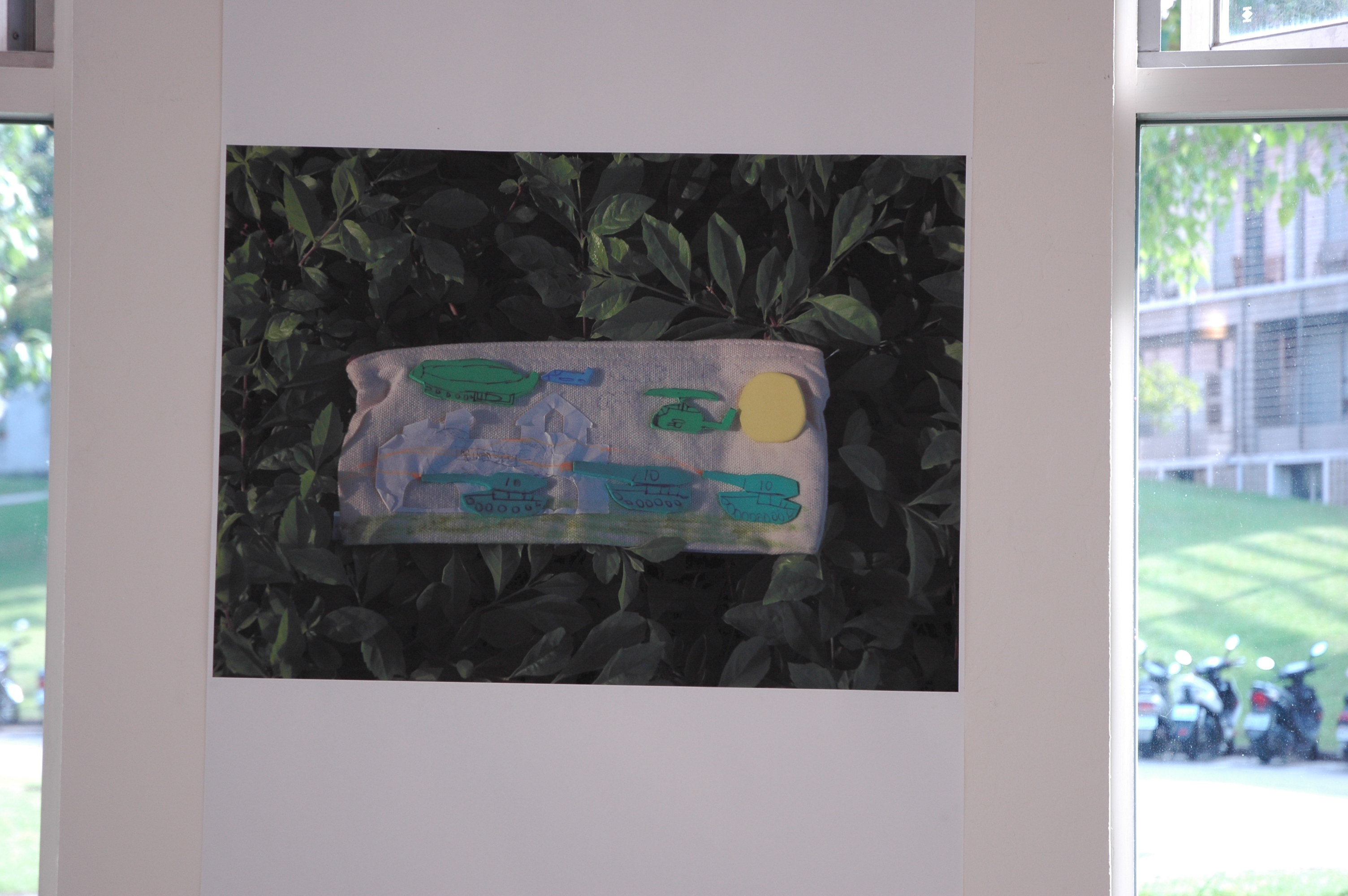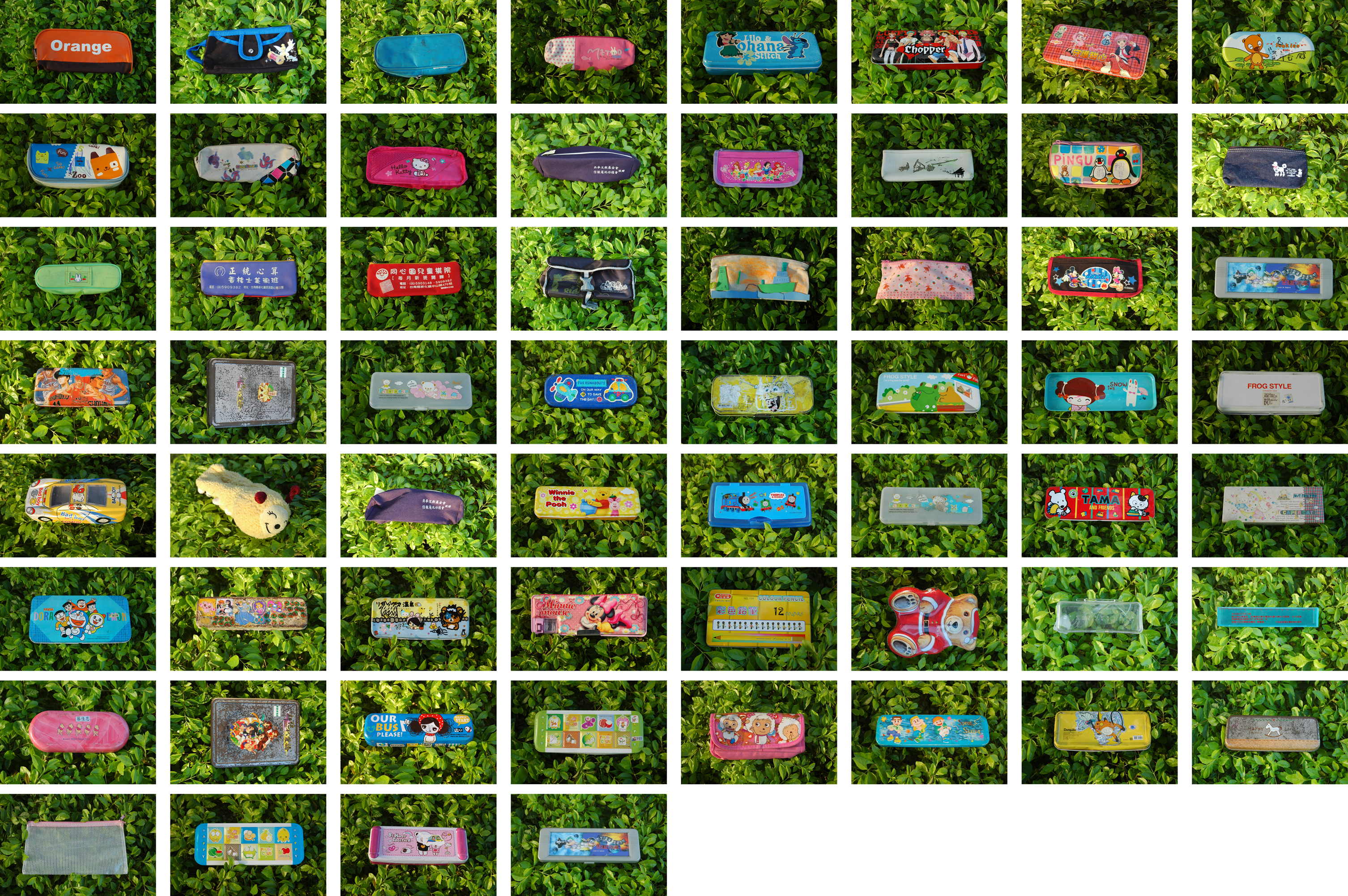《綠洲計畫:1001個植物的故事 Oasis1001-跳境-官田-甲仙國小》為創作者於高雄市立兒童美術館的「綠洲計畫:1001個植物的故事」生態種植計畫的延伸行動。以本次「跳境」現地考察路線中,行經的「甲仙國小」學生們,作為本次行動的合作對象。透過與甲仙國小陳宛伶老師聊天的機會中瞭解,這些小朋友們在風災後的處境。對照於外界(成人)自我滿足的「善心」,卻無法貼近真實需求的「善心物資」捐助之間,存在許多荒謬之處。例如,小朋友們收到大量其實他們並不真切需要的「鉛筆盒」捐助,也就成為這次延伸行動所設定的主要符號。
透過與甲仙國小的陳宛伶老師合作,向小朋友們進行計畫的說明,以自願參加的方式向小朋友們募得了他們不需要的舊鉛筆盒,來作為本次展覽植栽的盆栽。再加上「植物祖靈」創意工作坊的教具,以植物死亡部份的枯枝、落果所組成的造形雕塑,進行展場地面的佈置。牆面上,以照片呈現綠洲計畫Facebook粉絲頁上的「火龍果種子取得教學」、「種植方法」、「觀眾種植日記」以及「生態計畫與綠色設計網頁連結」的內容,並於現場進行「1001份火龍果種子」的發放活動。
牆面的另一端,則是官田、學甲地區的「火龍果園」的大型影像輸出。將火龍果作為水土保持作用的種植行動,與現代化農業技術栽種的火龍果園樣貌,進行一反差極強的對照。此對應於本次「惡地與疆域化」的主題,可延伸探討其現代性、技術統治與生態政治在全球化下的種種議題省思。
This work is an extension of the “Project Oasis:1001 Stories of Plants” which is an ecological action project progressing in The Children Museum of Art in KMFA. On the route of local territory study in this exhibition “Trans-territory”, we have passed by the “Jiasian Elementary School”, and the Artist chooses the students as her cooperators. In an opportunity, the Artist heard about the situation of these children after the typhoon disaster. There are a lot of self-satisfied “kindness” from the outside (adult) world, which are not close to the real needs of these children, such “kindness” are absurd. For example, the children received a large number of “pencil boxes”, which in fact they don’t truly need, and those pencil boxes have became the main symbol of this work shown in “Trans-territory”.
The Artist cooperated with the teacher Chen Wan-Ling of Jiasian Elementary School, to describe the plan to the kids, and to collect the old pencil boxes that the children no longer need in a voluntary manner. Those pencil boxes have became the planting pots in this work. Plus the teaching aids of “Spirits of Plant Ancestors Creative Workshop”, which are made with the death part of the plants, such as fallen leaves and twigs or fruit drops, to shape the sculptures. All of the above installed on the exhibition ground. On the walls are photos showing the Facebook fans page of the Project Oasis, including “how to get seeds from dragon fruits”, “how to plant dragon fruits”, ” planting diaries from the audiences” and “Links of ecological projects and green designs”. At the scene, 1001 portions of dragon fruit seeds are available for the audiences who want to participate this planting action.
The other side of the wall is a pair of large images of the “dragon fruit farms” around Guantian and Hsuehchia area. It formed a strong contrast, from one side, we can see dragon fruit planting as a soil and water conservation action, on the other side we see the appearance of those modern dragon fruit farms, which plant with modern agricultural technology. This corresponds to the theme “badlands and territorialization” of the exhibition, and it can be extended to explore the various issues of the Modernity, Technocracy and Ecological Politics in the context of globalization.
